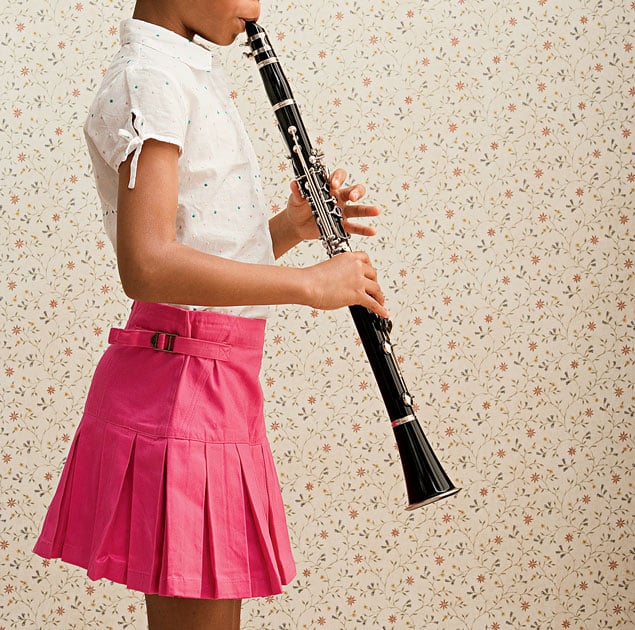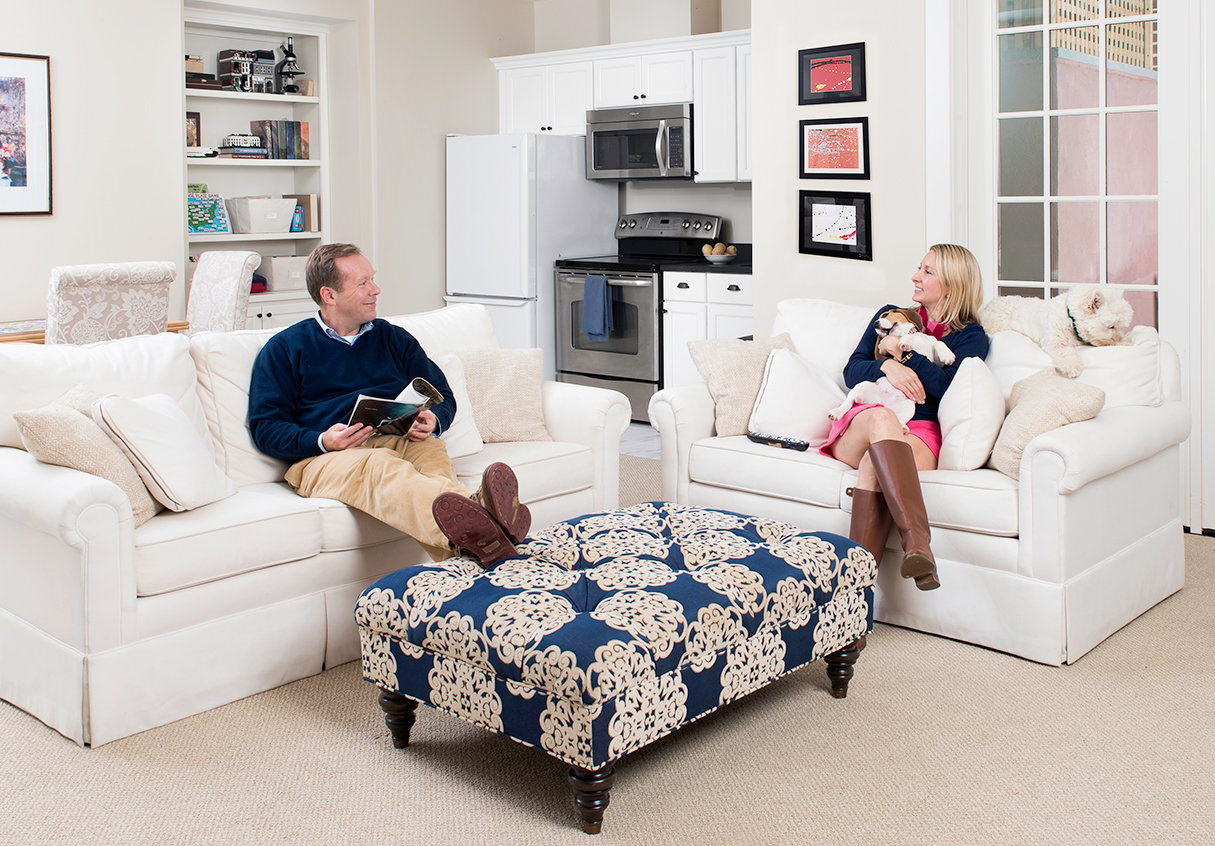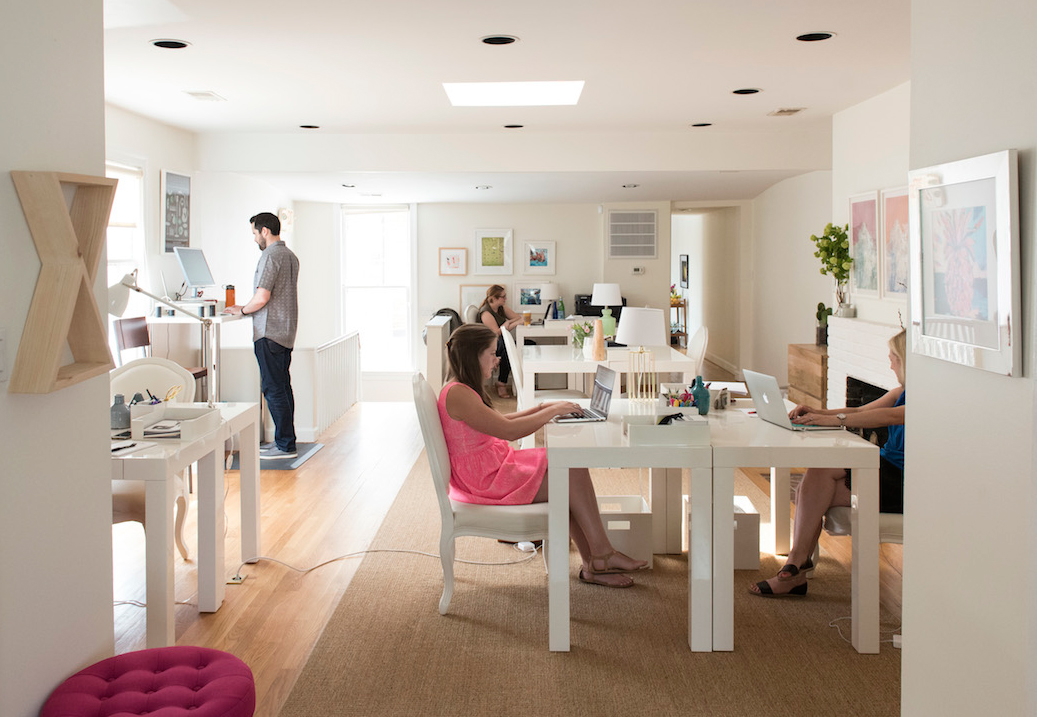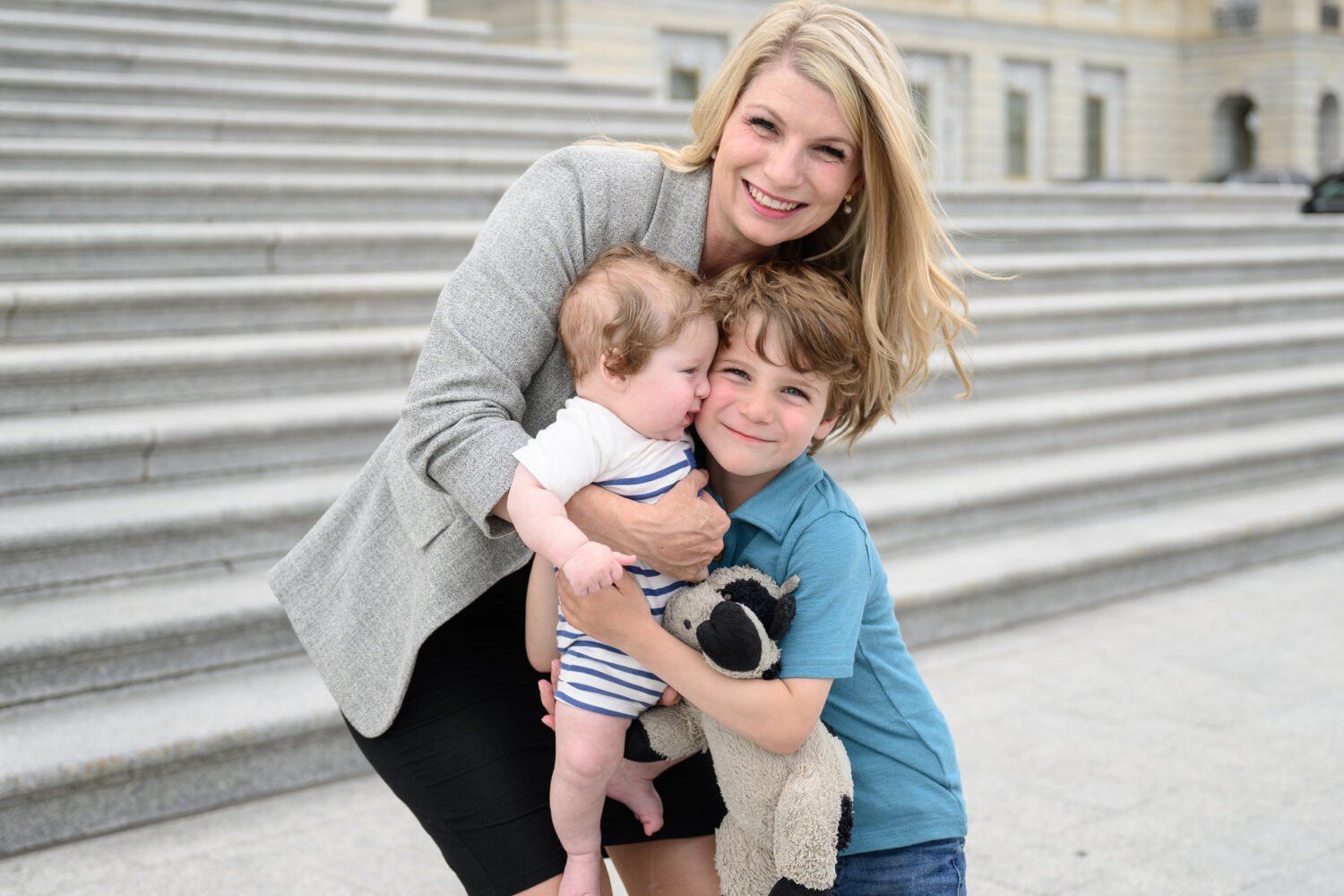Class must be every Tuesday and Thursday because I hear the practices on Monday and Wednesday.
When I moved in, carrying boxes up to my third-floor one-bedroom apartment, the faint sounds of a clarinet echoed in the stairwell. Obviously, a new student because the notes were all over the place—off-key, lurching from one to the other in fits. It reminded me of a musical version of Frogger.
I was moving because my wife and I had separated. After two decades, our marriage had become a space inhabited by two people who used to know each other. Being separated is like wearing ill-fitting shoes—you’re legally married but existentially apart. A Heisenberg uncertainty principle come to life.
Trip after trip up three flights of stairs with the starter ingredients for a new existence, waiting to be unpacked and organized. Sometimes the sounds through the closed door on the second floor trailed after me, adding a momentary bright spot. At first it was funny, but as the separation solidified both emotionally and physically, the humor got old.
I played clarinet in grade school and remember the excitement and frustration of trying to produce music. The clarinet can be quite forgiving—not as exacting as the flute, as flashy as the trombone, or as finicky as percussion—but it was no match for my clumsy fingers. I was a dutiful if wooden student, mainly because I had a sixth-grade crush on the teacher, Mrs. Hall. She sent me into preadolescent orbit when she said, exactly once, that I’d almost caught the melody—emphasis on “almost.”
Mrs. Hall repeatedly offered us a piece of advice—“Play for joy”—which I wrote on a slip of paper and taped to the bell of my instrument. It was a goal I never achieved. I fumbled my way through a few years as a woodwind backbencher, but any tunefulness I made was surely by accident.
The kid on the second floor is different. The practices are consistent and always about a half hour long. More tellingly, I don’t get the sense there’s any parental prompting. The child’s diligence has paid off: A few months later, the tentative tremolo has gone and the notes hang together more cohesively. I hear joy now, even exultation.
On several occasions, usually while doing laundry, I catch a longer snippet. I’m not hearing Benny Goodman, but once in a while I recognize a song I know—“The Battle Hymn of the Republic,” “Here Comes the Sun”—played at a much slower pace but with the right emphasis and movement. The stop-start has been replaced by flow and glide.
Practice, diligence, growth.
Once I thought I saw the clarinetist from a distance with an adult I assumed was her parent. I imagined what I’d say if I passed, how I wanted to compliment her. But in those fleeting seconds—in which conversations are inchoate and real in your head at the same time—I couldn’t find the words.
Instead, I saw a picture: a series of brilliantly colored notes—like some animation effect from Disney’s Fantasia—wafting from the stairwell.
Later, I find the words: thank you.
Leonard Newmark (leonard.newmark@gmail.com) lives and writes in Fairfax.
This article appears in the March 2014 issue of Washingtonian.
















